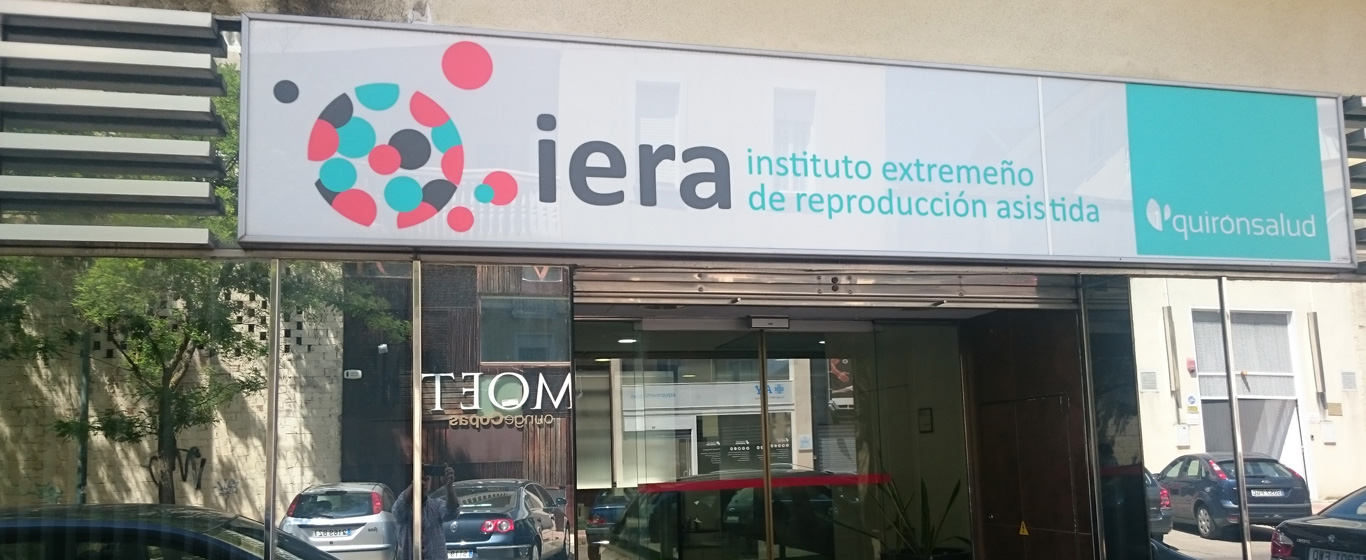Sputum Culture
A sputum culture is a microbiology technique that involves obtaining and incubating a sample of pulmonary phlegm to check for the presence of infectious agents in the respiratory system.

General Description
A sputum culture is a laboratory procedure used to detect microorganisms, such as bacteria and fungi, in a sample of mucus produced in the lungs and lower respiratory tract. This mucus is referred to as sputum, expectoration, or phlegm.
When Is It Indicated?
A sputum culture helps diagnose an infection in the lungs or respiratory tract, such as pneumonia, bronchitis, or tuberculosis. It is typically indicated in patients presenting with the following symptoms:
- Difficulty breathing
- Chest pain
- Cough, which may be accompanied by blood or dark-colored phlegm
- Fever and chills
- Muscle pain, fatigue
How Is It Performed?
Sputum samples are obtained either through expectoration or by induction. Patients can collect their own samples at home by expectorating during a coughing episode and placing the sample in a sterile container provided by a pharmacy or medical center. If expectoration is not possible or the sample is insufficient, a procedure called bronchoscopy is performed. This involves inserting a thin, flexible tube equipped with a light through the mouth or nose into the respiratory tract. Once in place, a saline solution is instilled through the tube and then aspirated. The saline solution collects cells and microorganisms from the airways.
The collected sample is taken to the laboratory, where it is placed in a Petri dish—a sterile container with a nutrient medium that promotes the growth of fungi or bacteria present in the sputum. The sample is then incubated for several days, after which the culture is examined under a microscope to identify any microorganisms.
Typically, a sputum culture is performed in conjunction with a Gram stain, a method that identifies the type of bacteria present by applying a special dye. Bacteria are classified based on the color they take after staining. Additionally, if the culture is positive, an antibiogram is usually performed. This test measures the sensitivity of the detected microorganisms to various antibiotics, helping determine the most appropriate treatment for the infection.
Risks
Collecting a sample through expectoration poses no risk to the patient, aside from potential chest discomfort from coughing or the presence of small streaks of blood due to airway irritation. Bronchoscopy, however, carries some risks, although complications are rare:
- Bleeding in the airways
- Irritation or narrowing of the vocal cords or bronchi
- Lung collapse due to lung perforation and air accumulation in the pleural space
What to Expect from a Sputum Culture
Generally, expectorated samples are collected in the early morning. If the patient wears dentures, they should be removed before starting. After rinsing, the patient must take a deep breath and cough deeply to obtain the sample. If it is difficult to collect, tapping the chest may help loosen sputum from the lungs. If this does not work, the patient may inhale a saline solution or glycerin aerosol for a few minutes (provided at the medical center). If the sample is collected at home, inhaling steam or taking a hot shower may help.
Bronchoscopy is performed with the patient lying on their back on an examination table, with their head slightly elevated. Before the procedure, a sedative is administered intravenously, and a topical anesthetic is applied to the nostrils, mouth, and throat. This may cause a sensation of swelling in the tongue and throat and make swallowing difficult. While the tube is inserted, it is normal to feel the urge to cough or experience a sensation of not being able to breathe. In this case, breathing slowly and trying to relax is recommended.
Although uncomfortable, the procedure is not painful. Once completed, the patient remains in a recovery area for a few hours until the effects of the sedation and anesthetic wear off. They cannot eat or drink until their normal cough and swallowing reflexes return. In the following days, it is common to experience a sore throat, hoarseness, or coughing up some blood.
Medical Specialties That Request a Sputum Culture
A sputum culture may be requested by physicians from primary care, internal medicine, or pulmonology departments.
How to prepare
Before collecting the sample through expectoration, it is advisable to brush the teeth and rinse the mouth with water. Mouthwash should not be used, as it may eliminate bacteria and affect the culture results. Additionally, food intake should be avoided for two hours before the test.
If the sample is obtained through bronchoscopy, the patient must fast for several hours beforehand due to the administration of sedation.
It is important to inform the doctor if the patient is taking antibiotics, as they may affect the culture results, and it may be necessary to discontinue them.










































































































